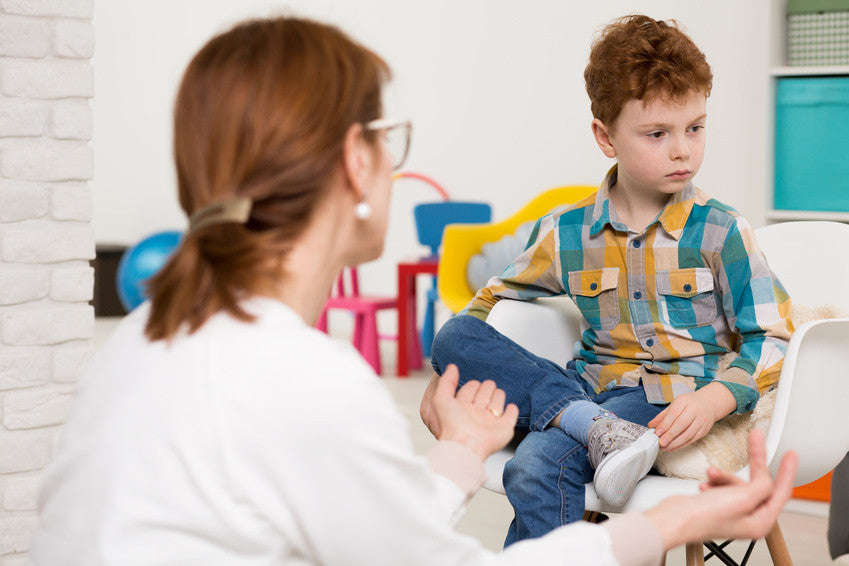
Important Ways Parents and Teachers Can Help Children With ADHD
No two children learn exactly the same way, which is especially true for students with attention-defecit/hyperactivity disorder (ADHD), a condition that affects anywhere from 5-10% of students in America. Even with medications like Adderall and Ritalin providing short-term solutions, it can be difficult for a student with ADHD to learn in the same way their classmates do.
Here are a few excellent ways in which parents and teachers can help children with ADHD in the classroom.
Positive Reinforcement
Disruptive classroom behaviors tend to result in a child's removal from the situation. While this provides temporary relief to the teacher, it doesn't effectively teach a child how they should behave in the classroom. Instead of teaching a child what not to do, rewarding positive behaviors can help them learn what they should be doing in a classroom setting.
Stay on the Offensive
The best defense is a good offense, especially when it comes to helping students with ADHD perform in the classroom. Waiting for something to happen before taking action will only result in more negative reinforcement. Instead, assess what specific difficulties a student has and then design classroom action around them to prevent those behaviors from becoming disruptive. For example, if a child has trouble focusing on instructions when completing an assignment, consider breaking assignments up into smaller pieces and schedule brief breaks between each part.
Communicate with Parents
Communication is absolutely key when helping a student with ADHD. Between 10% and 20% of school-aged children suffer from anxiety, which may contribute to their ADHD. But teachers won't know that unless they communicate with parents. Strategies for the classroom are much better developed and implemented when parents actively communicate their child's specific needs before school begins.
Seek Professional Counsel
If a child is seeing a therapist, it's important for parents to collaborate there as well. Though a play therapist or clinician may have childs play therapy supplies such as stress card games and therapy workbooks, the progress made during each session won't be useful unless it's communicated from parents to teachers. The information gained from sessions with childs play therapy supplies could be extremely beneficial in the classroom.
It's absolutely crucial for parents and teachers to work together in an effort to help students with ADHD. Putting these ideas into practice could make all the difference for a child with ADHD in the classroom.
Here are a few excellent ways in which parents and teachers can help children with ADHD in the classroom.
Positive Reinforcement
Disruptive classroom behaviors tend to result in a child's removal from the situation. While this provides temporary relief to the teacher, it doesn't effectively teach a child how they should behave in the classroom. Instead of teaching a child what not to do, rewarding positive behaviors can help them learn what they should be doing in a classroom setting.
Stay on the Offensive
The best defense is a good offense, especially when it comes to helping students with ADHD perform in the classroom. Waiting for something to happen before taking action will only result in more negative reinforcement. Instead, assess what specific difficulties a student has and then design classroom action around them to prevent those behaviors from becoming disruptive. For example, if a child has trouble focusing on instructions when completing an assignment, consider breaking assignments up into smaller pieces and schedule brief breaks between each part.
Communicate with Parents
Communication is absolutely key when helping a student with ADHD. Between 10% and 20% of school-aged children suffer from anxiety, which may contribute to their ADHD. But teachers won't know that unless they communicate with parents. Strategies for the classroom are much better developed and implemented when parents actively communicate their child's specific needs before school begins.
Seek Professional Counsel
If a child is seeing a therapist, it's important for parents to collaborate there as well. Though a play therapist or clinician may have childs play therapy supplies such as stress card games and therapy workbooks, the progress made during each session won't be useful unless it's communicated from parents to teachers. The information gained from sessions with childs play therapy supplies could be extremely beneficial in the classroom.
It's absolutely crucial for parents and teachers to work together in an effort to help students with ADHD. Putting these ideas into practice could make all the difference for a child with ADHD in the classroom.

Leave a comment